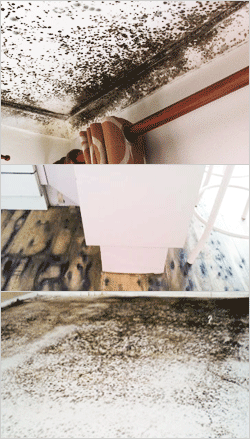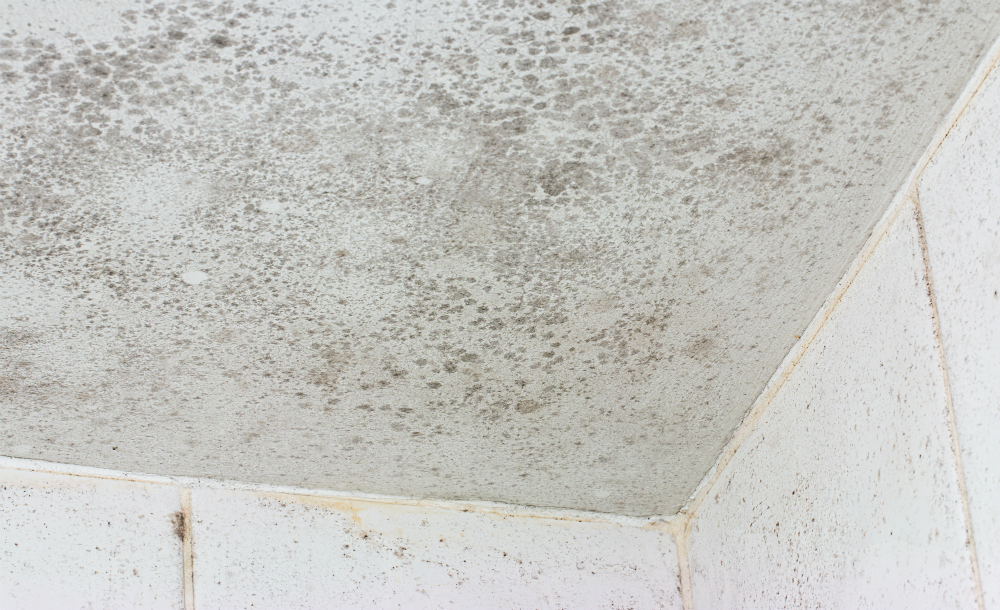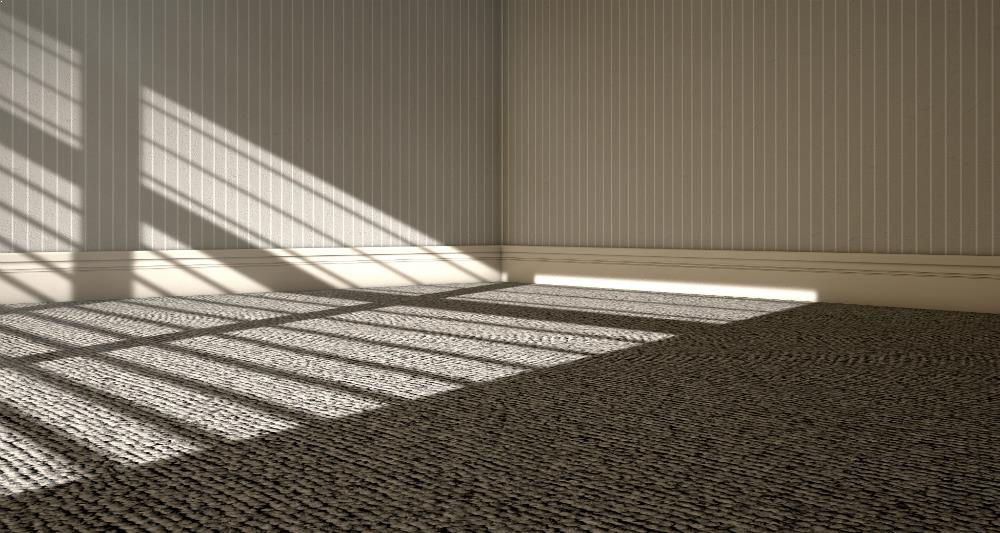Mould Growth
Have you found a few dark mould spots on your lounge suite and not known what to do? Have you found mould on the ceiling and thought, “What do I do about that?”, or carpet that’s looking black and starting to disintegrate?
Getting rid of mould is easier said than done. Mould is a living organism that lives and feeds on organic material like carpet backing or wood. We only start to see mould when it has been there long enough to grow (colonise) and has grown big enough to be seen by the naked eye. The colonised mould is the black, green and pink fury growths and mushrooms that we associate with mould. If you have visible mould in your home, there will be more that you cannot see.
So what should you do if you have mould?
We need to keep in mind that to grow, mould needs moisture, still air, warmth and an absence of UV light, as well as a food source. There are a few things you can do if you find mould in your home:
1. Minimise future mould growth
Remove the moisture source the mould feeds off, increase air-flow and let in natural light if possible. You may consider buying a portable dehumidifier or a moisture absorber such as Damprid.
2. Kill the mould
This can be a difficult process, but here are some tips for small areas of contamination:
Hard Surfaces:
If the mould is on a hard surface and you have removed the moisture source, then wipe down the surface with a 1:1 mix of water and white vinegar. Allow to dry and wipe down again. If a stain remains then use a bleach to remove the colouring from mould waste. Keep in mind that the bleach isn't killing the mould, just removing the colouring.
Lounges & Mattresses:
For soft furnishings including lounge suites and mattresses, if the contamination is less than the size of a saucepan, then Electrodry is usually able to remove the mould by injecting an anti-microbial into the padding to kill the mould. We can then treat the stain. There is no rule as to what mould stains are totally removable but we usually find that:
-
Pale-coloured mould is easier to remove than black mould;
-
The older the mould stain, the harder it is to remove;
-
Mould stains on natural fabrics, particularly cotton and wool, are harder to remove than mould stains on synthetic fabrics. This is because the mould will usually treat cotton or wool as a food source, damaging the fibres.
Carpet:
In the case of mouldy carpet, it is highly likely that both the face yarn and the carpet backing are affected by mould growth. Carpet backing is generally Jute, a hessian-like material which provides an excellent food source for mould. When carpet is affected by mould, we may need to cut out the affected area to save the rest.
In the case of significant mould growth, you may need to get the professionals in to decontaminate your house and remove the mould. Electrodry are experts in safe Mould Removal, and provide a 12 month warranty on mould removal services

SUBSCRIBE TO OUR NEWSLETTER
Sign up for email promotions, tips and special offers.






